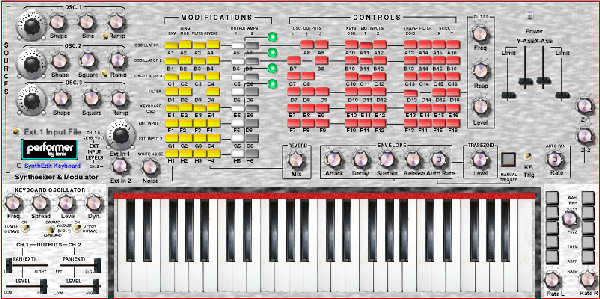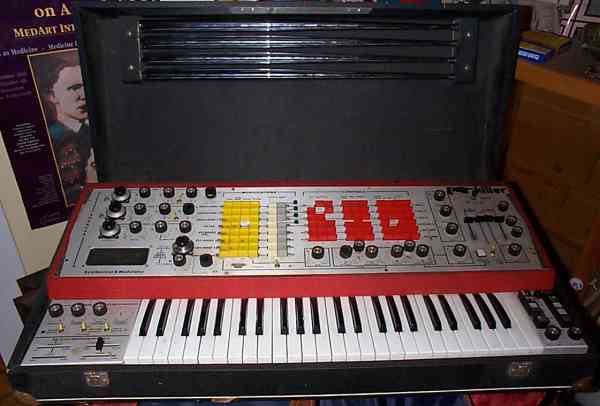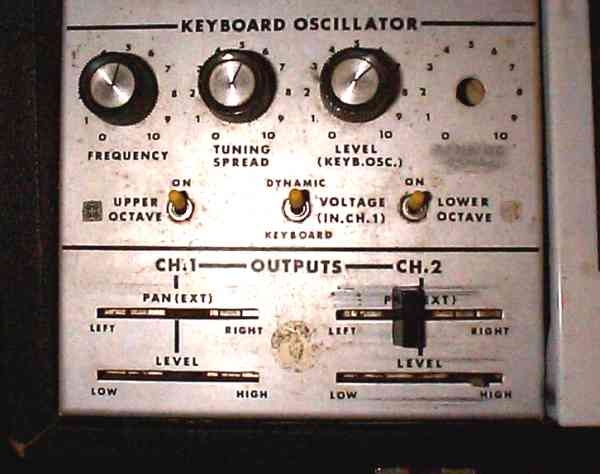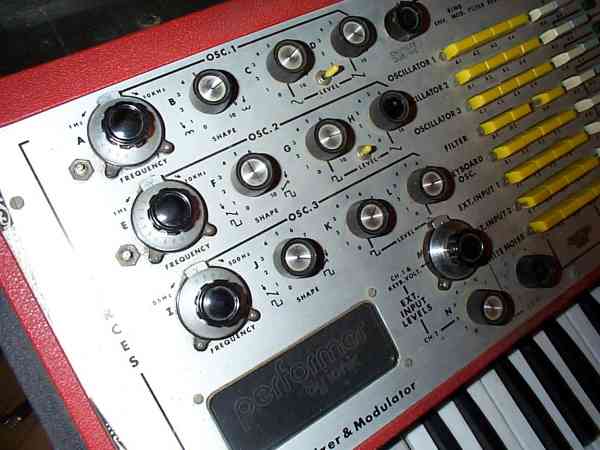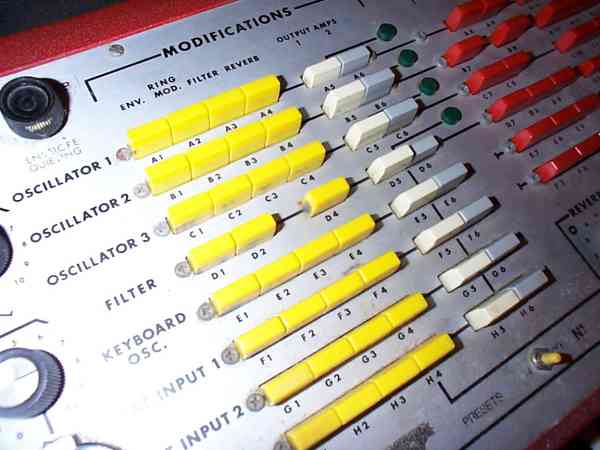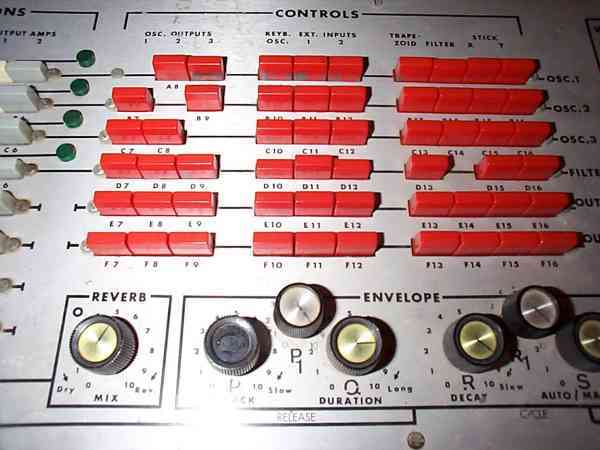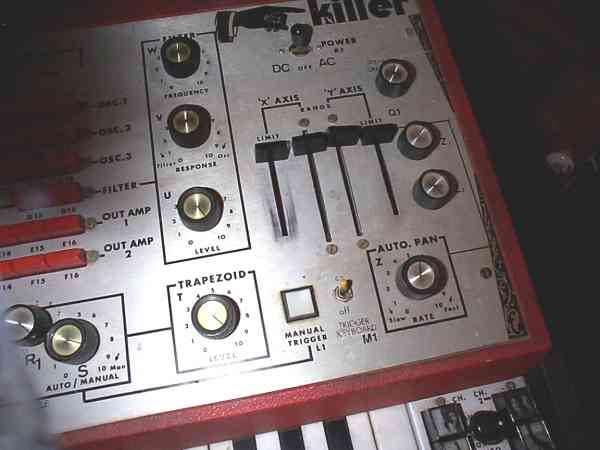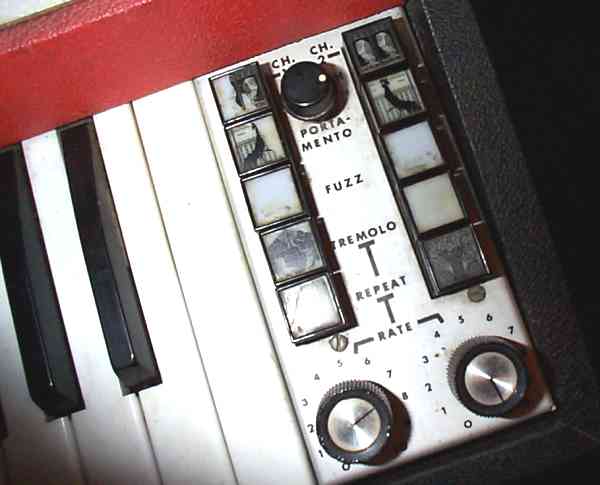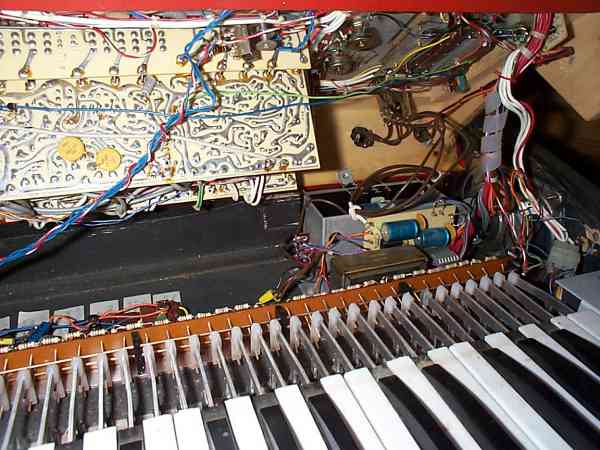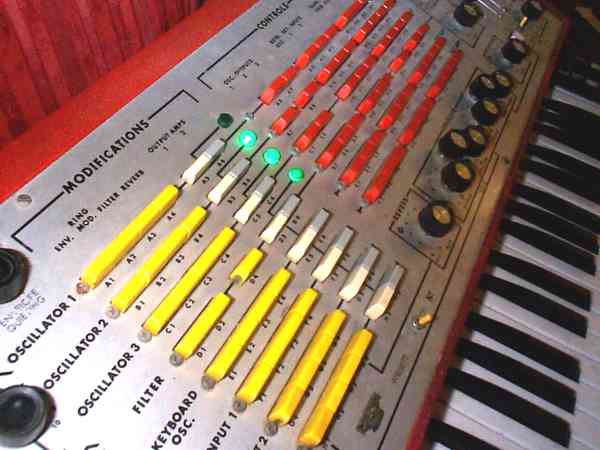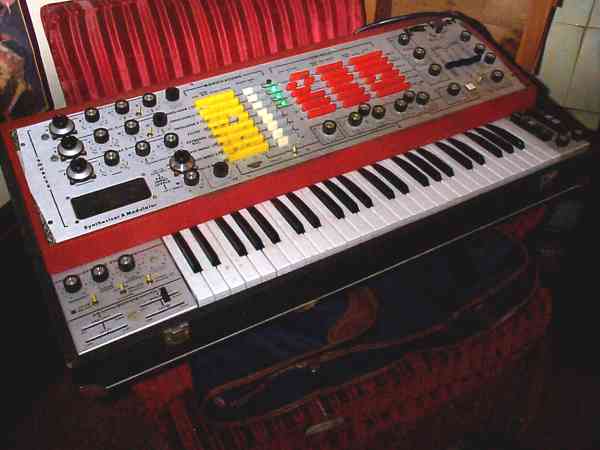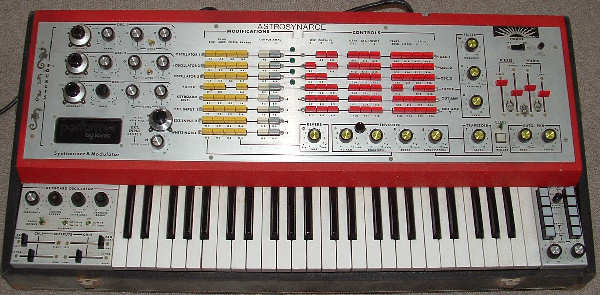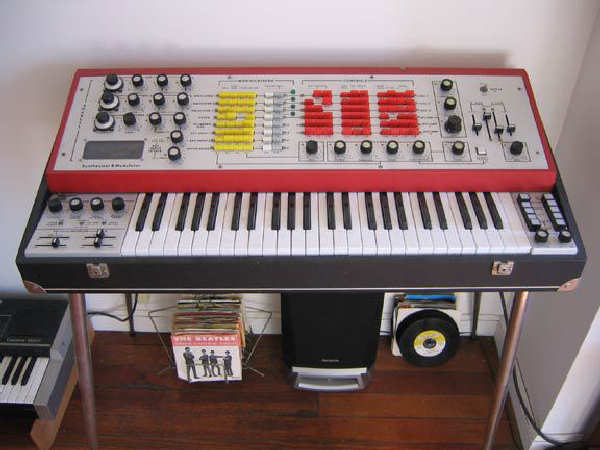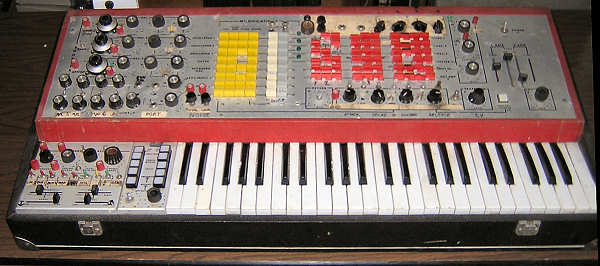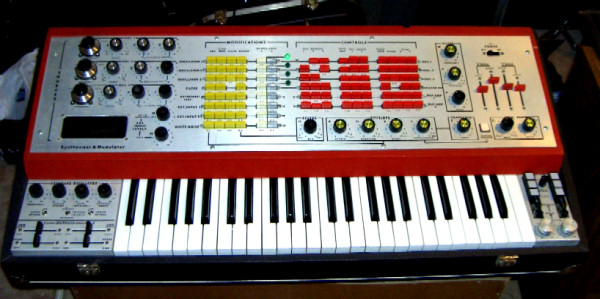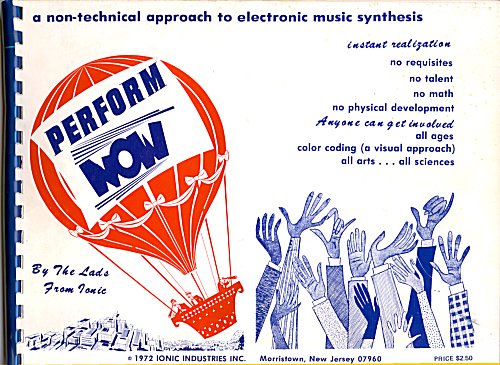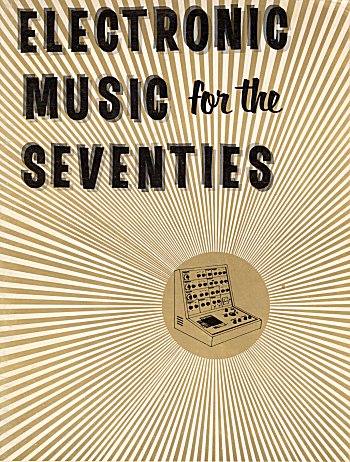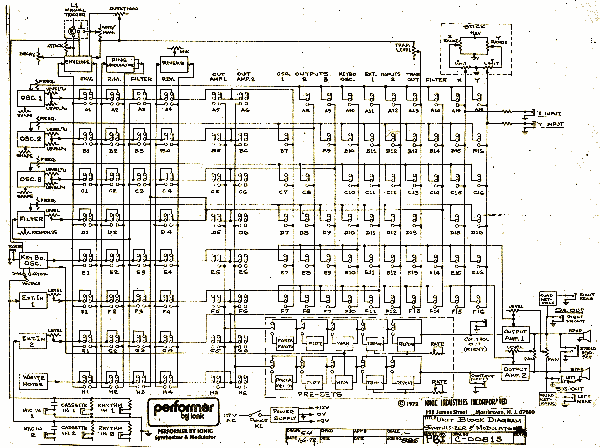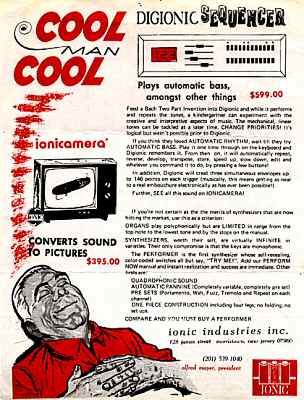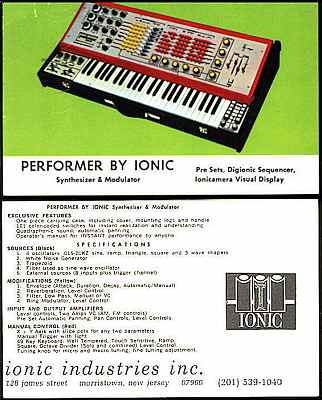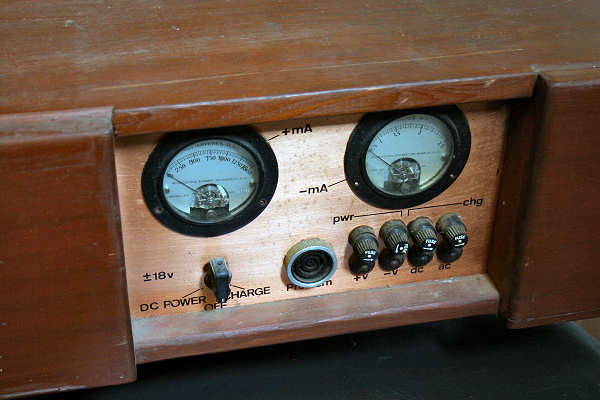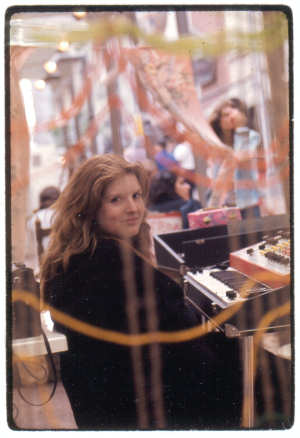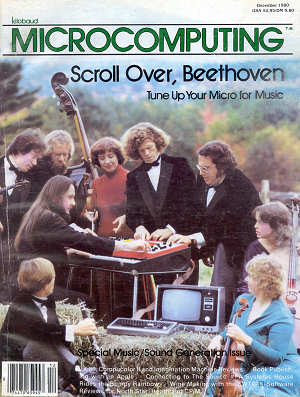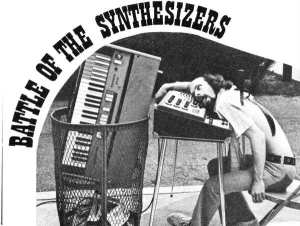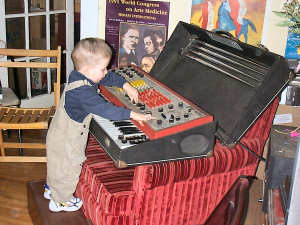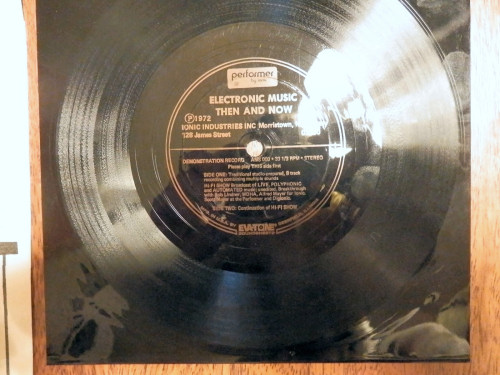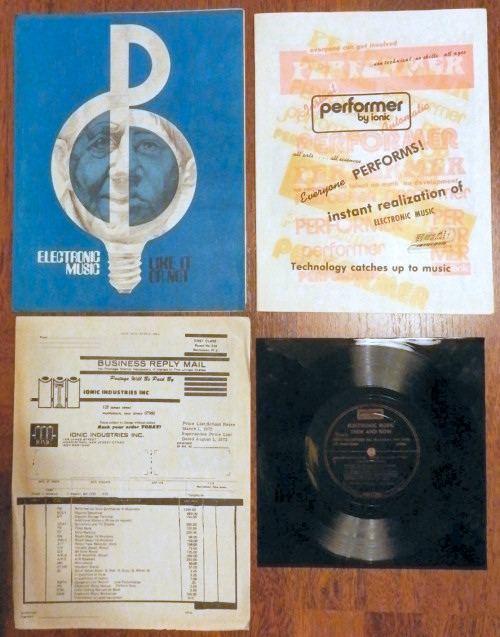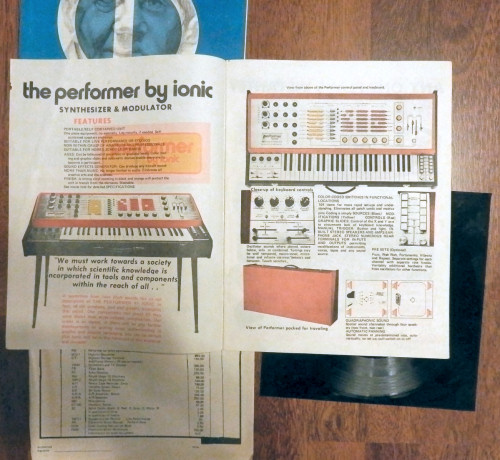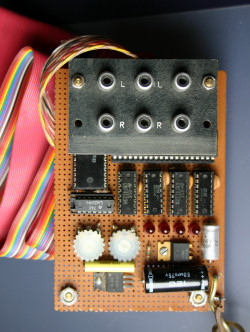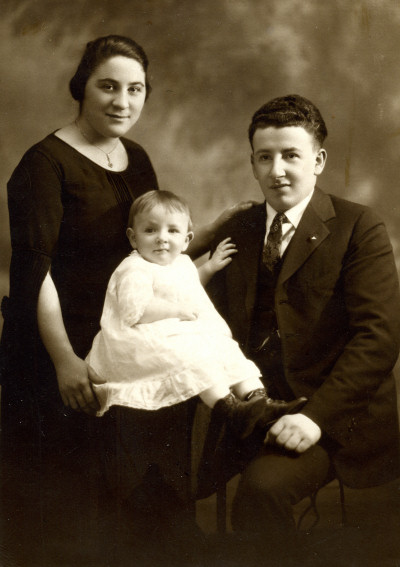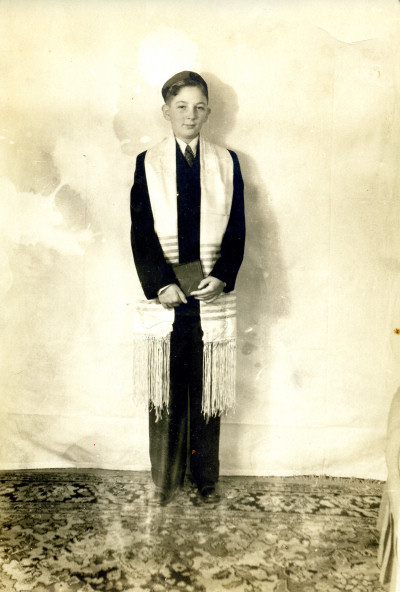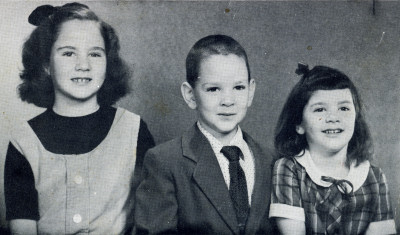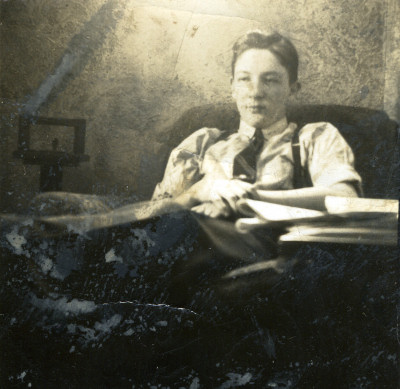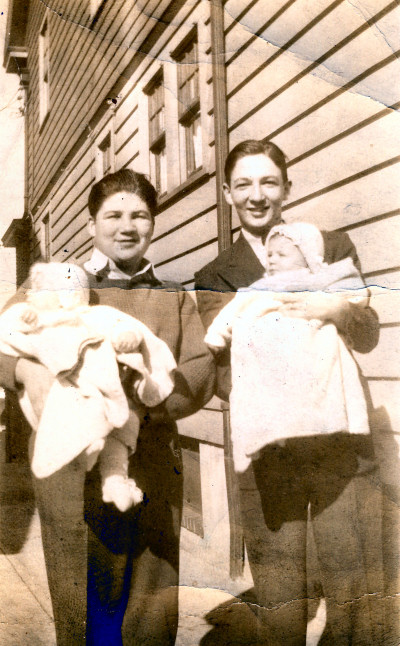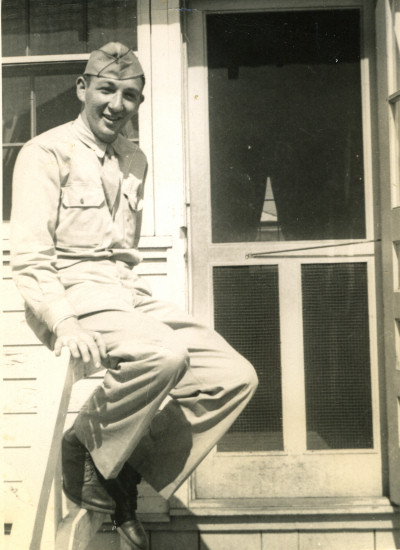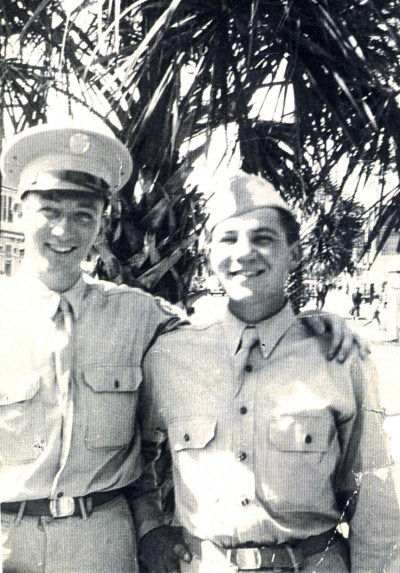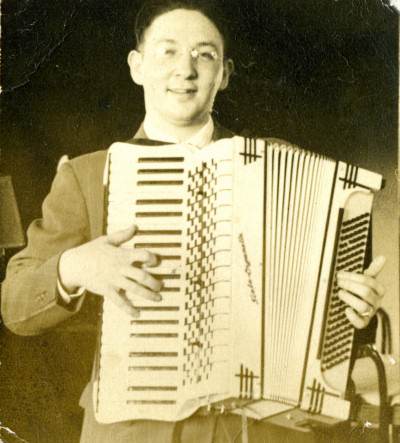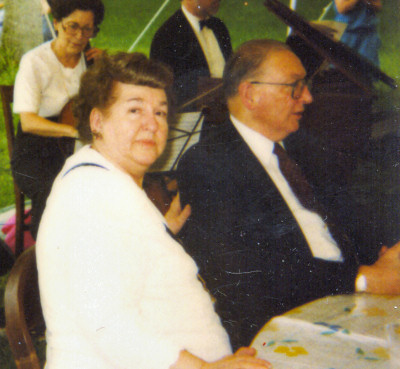| Performer VSTi! |
Here is a screen shot of the VSTi. Looks pretty good, no? And it all works just as crazily as the hardware version! A new beta is now ready. Yes, it is pretty good. I like it.
Here are new (April 2016) versions of the large and small Killer VSTi instruments. These are 32-bit VSTi emulations, working in Windows XP through Windows 10 (32-bit or 64-bit). Windows 95/98 users please use this version, which contains two files (.dll and .dat) required for those versions of Windows.
- You can also download the sounds and patches for the Ionic Killer synth VSTi. Included are .fxp and .fxb, both sets the same, one reset preset/bank, and the readme file.
- Here is a separate file of the eleven presets Ricky Hunt made and two microtonal patches that I made. Both are examples of the wide range of possibilities, for those of you who have never used an analog synth!
- The VST instrument also has my complete set of modifications. Here is the readme file with description, instructions, and use notes. Please note this emulation is not polyphonic (just as the original was not), but outputs can be forwarded to either or both of the two output channels.
- I have scanned the original manual. This is over 50 pages of PDF scan, nearly 50MB. It's not a very revealing manual, so unless you really want to print this museum piece, don't bother. If you want it, then Here is the Ionic Performer manual.
- Some folks have said the reduced UI is hard to read. So if you need to print a big copy for reference, Here is a GIF file of the large GUI
- As metioned above, I have a version of this VSTi in the large GUI format that is 1540 pixels wide. Here is that Large GUI file. It has the same ID number as the small GUI, so you can use all your presets. (Future versions will also identically update the internal contents, so whichever you use, it will work with your presets and banks. Note that because it has the same ID, you can only use one version at a time.)
- Here are two sample bits:
- My little piece for the 60x60 Project entitled nysuca hanei, for one instance run inside Sonar.
- A classic Bach invention for two instances of the synth inside Sonar.
- Oh, and that Bach thing? Here is a version with Ricky Hunt's flute patch and one really squashed with 1/48 octave microtones. Heh. (Both use two instances of Killer.)
- Want more info? Please contact me using this form, and note that this is shareware. Anything from $25 up is most appreciated and you can send it via Paypal. See the readme.
